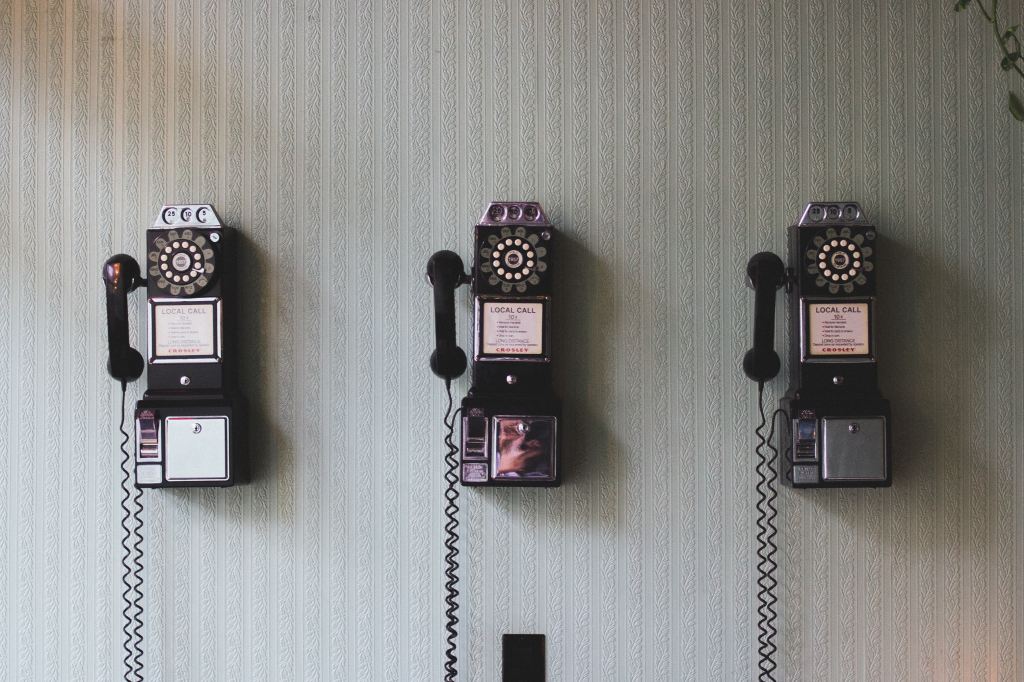This is Part Three of our series on how we work remotely, adapted and abridged from our full guide – Welcome to the World of Tomorrow! If you’d like to learn more, click the link to download the whole thing!
Although it’s vitally important in all workplaces, remote work communication can be especially challenging. It’s something that’s generally easy to do in person, but becomes more difficult when everyone is in different places. Here are some ways we’ve focused on communication and increased its value to everyone involved.
- We never assume that everyone has gotten a particular message. Everything has to be communicated more than once. Some people might have been away at that time, distracted, or heads-down on work. This goes for both company-policy decisions and notes related to project work.
- We are expected to say hello and goodbye when we start and finish our individual workdays. We also communicate our availability during the day to let people know when we’re around, as well as show a bit of who we are. We know that Kevin is out picking up his kids, or Tim is walking his dog, so we won’t expect an immediate response—and then we know that Kevin has kids and Tim has a dog.
- We expect to communicate. Many of us realize a few months in that we actually talk to others much more than we did when we worked in offices. In a traditional office environment, we might have passed someone in the break room, but only exchanged a few words before retreating back. The asynchronous nature of Slack relieves a huge amount of pressure, whether that’s feeling the need to get back to work, the need to maintain appearances, or even just a bit of social anxiety.
- Apart from our time together in video meetings, our communication is largely asynchronous. This allows our team members to focus on what they need to, when they need to, without a lot of interruptions. This is part of our culture, and it’s assumed and intentional that someone might not respond to you right away.
- That said, when conversations do need to happen quickly, such as in the case of a service outage, our communication tools make us easily reachable and able to facilitate a fast conversation about any issue. Getting the right people “in the room” is just a matter of jumping into a video call or Slack chat. For many of us, we’ve found this makes responding to problems far easier to manage than when we worked in an office setting and needed to wrangle a team to come together in person.
- And, as opposed to in an office setting, we’re rarely distracted by others’ conversations. You can’t hear over the proverbial cubicle wall—and on the flip side, you can feel more comfortable not being overheard by everyone around you. Especially in scrum practice, it could get loud very quickly, and having everything in Slack really improves the signal-to-noise ratio.
Finally, another thing we value about communicating remotely is its ability to democratize decisions and level the playing field. Everyone’s empowered to speak up and be radically candid across the organizational structure. It’s easy to pop into a conversation and be taken seriously on your own merits, whether you’re a rookie or a vet. It’s easy to have materials in front of you for meetings, presentations, and more—you don’t have to memorize a presentation or feel self-conscious about standing up in front of everyone and feeling unprepared. This especially makes things a lot easier for introverted people, but it certainly improves the quality of life for extroverts as well.
How do you like to communicate? What methods have you found best for remote work communication, or what would you want to try, whether you’re remote or colocated? Let us know! Send us an email at info@alley.co, or reach out on Twitter at @alleyco.
